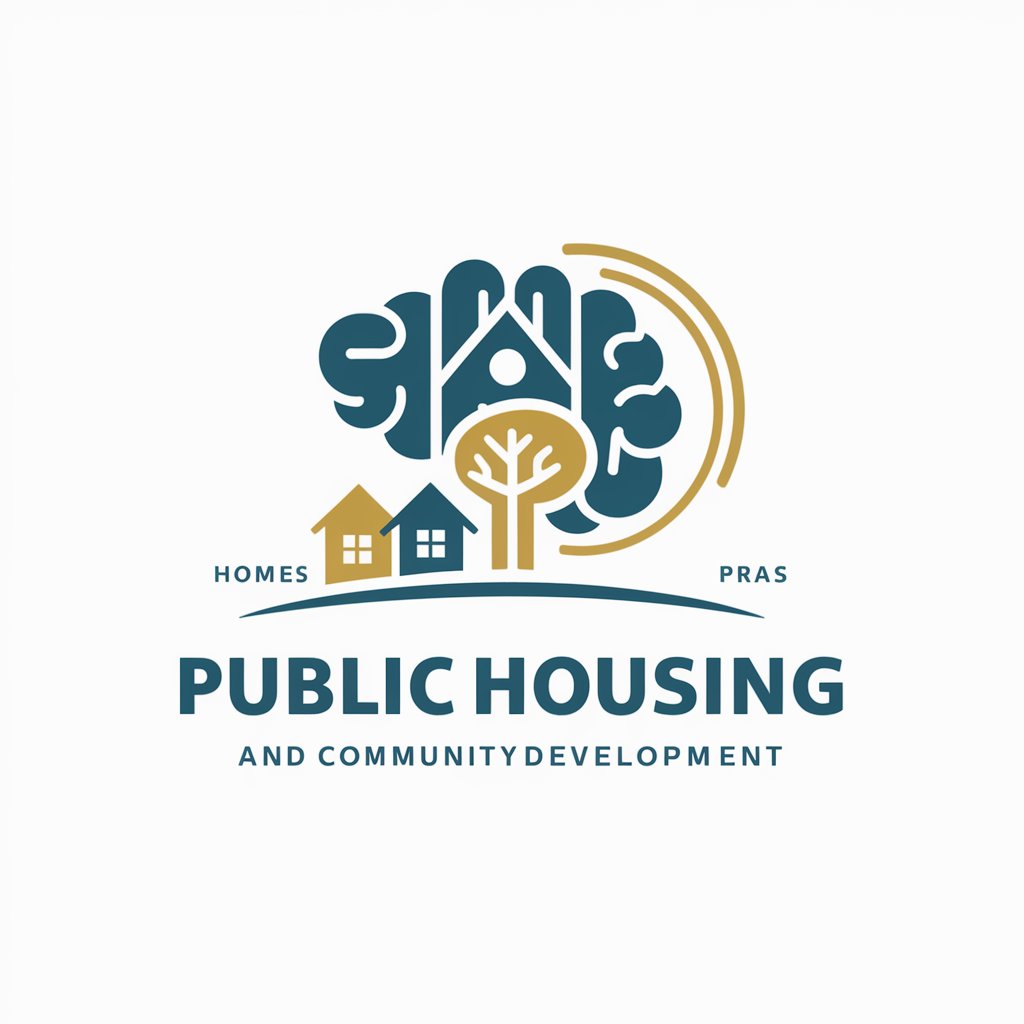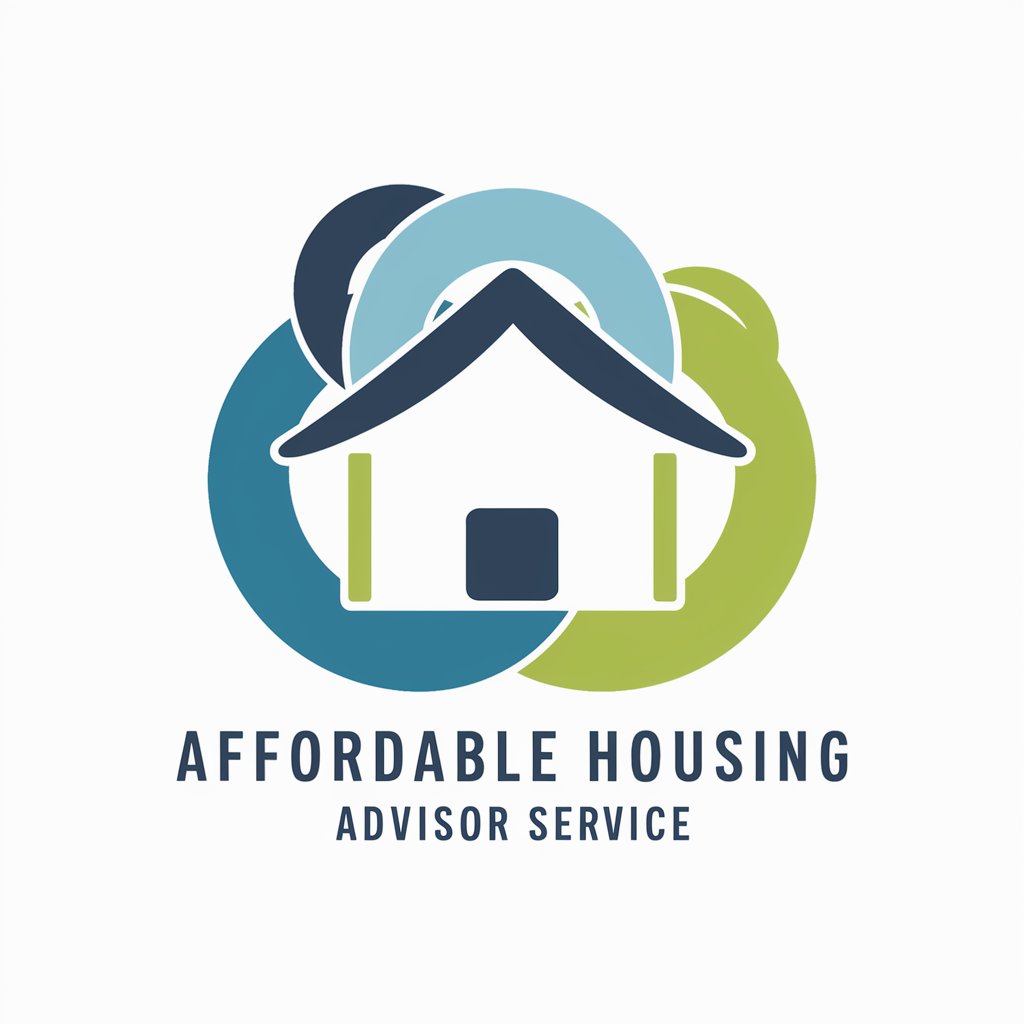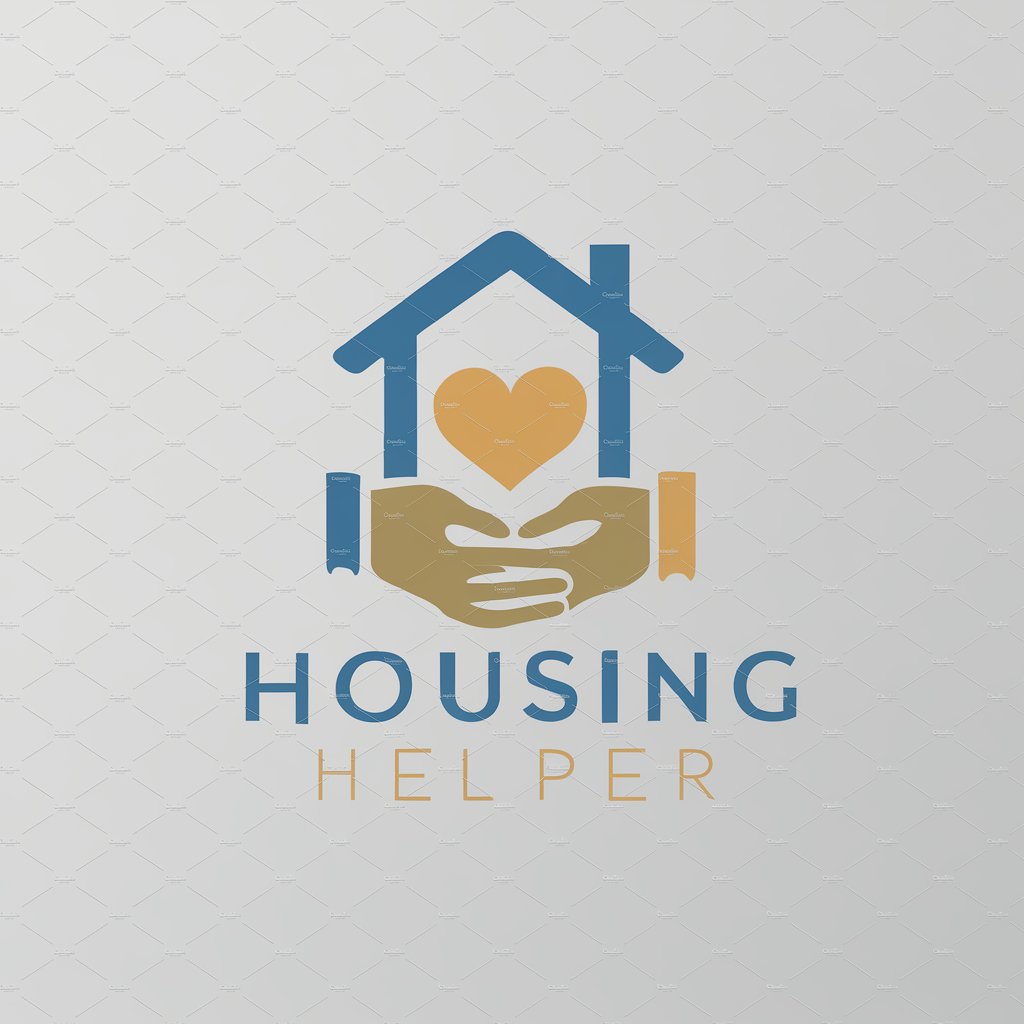
Public Housing - Insight on Public Housing

Welcome! Let's explore housing policies and community development together.
Empowering Communities with AI-driven Housing Insights
What are the historical challenges and solutions in public housing development?
Can you explain the impact of affordable housing policies on low-income communities?
What strategies can improve community development in urban areas?
How do current public housing policies address homelessness?
Get Embed Code
Introduction to Public Housing
Public housing represents a form of government-subsidized residential accommodation, aimed at providing affordable housing options to individuals and families with low to moderate incomes. The primary purpose of public housing is to ensure that all citizens, regardless of their economic status, have access to safe, decent, and affordable housing. This initiative is grounded in the belief that housing is a basic human right and plays a crucial role in achieving social equity. Public housing projects are typically funded and managed by government agencies, either at the national or local level. Examples of public housing can be seen worldwide, with variations in their implementation. For instance, the United States has public housing units managed by the Department of Housing and Urban Development (HUD), while Singapore's Housing and Development Board (HDB) flats are renowned for their extensive public housing program that accommodates the majority of the population. These examples illustrate the adaptability of public housing policies to meet the specific needs and circumstances of different communities. Powered by ChatGPT-4o。

Main Functions of Public Housing
Providing Affordable Housing
Example
In cities like New York and Singapore, public housing offers below-market rental rates to eligible residents, helping to alleviate the burden of high housing costs.
Scenario
A low-income family in New York City applies for and is allocated a unit in a public housing project, significantly reducing their housing expenses and improving their living conditions.
Promoting Social Equity
Example
Public housing programs often include supportive services such as educational programs, childcare, and healthcare to support the holistic well-being of residents.
Scenario
A public housing community in Chicago provides after-school programs and tutoring services, helping children from low-income families perform better in school and offering them greater opportunities for success.
Stimulating Economic Development
Example
The construction and maintenance of public housing projects generate employment opportunities and can lead to the revitalization of underserved neighborhoods.
Scenario
The development of a new public housing complex in a dilapidated area sparks local economic growth through job creation and the attraction of new businesses, thereby revitalizing the community.
Ideal Users of Public Housing Services
Low-Income Families
Families earning below a certain income threshold benefit from reduced rent rates, which help to free up resources for other essential needs like food, education, and healthcare.
Elderly and Disabled Individuals
Many public housing policies prioritize the elderly and disabled, offering them accessible living spaces and supportive community services tailored to their needs.
Veterans and Homeless Individuals
Special programs within public housing aim to address the housing needs of veterans and the homeless, providing them with stable accommodation and access to supportive services to facilitate their reintegration into society.

How to Use Public Housing
Start Your Exploration
Begin by visiting a platform offering comprehensive insights into public housing without the need for a subscription or login, ensuring easy access to information.
Identify Your Needs
Assess your specific housing needs or interests, whether you're seeking information on policies, community development strategies, or affordable housing solutions.
Navigate the Resources
Utilize the search and navigation tools available on the site to find articles, reports, and data relevant to your housing queries.
Engage with the Content
Read through the provided materials to gain a deeper understanding of public housing policies, challenges, and community development initiatives.
Apply the Insights
Use the insights gained to inform your decisions, discussions, or further research on public and affordable housing issues.
Try other advanced and practical GPTs
Utility Comparison
Maximize savings with AI-powered utility insights.

startup business plan pro
Empowering Startups with AI-Driven Planning

Magical Character Maker ✨
Bring Images to Life with AI

Candy
Sweeten Your Knowledge with AI-Powered Candy Insights

Self Defense
Empowerment through AI-driven Self-Defense

Strategic management Professor
AI-powered Global Strategy Expertise

Fighting
Empowering Your Fight with AI Knowledge

AI Voice
Transform Text to Speech with AI

Financial House Strategist
Empower your finances with AI-driven insights

Patent Idea Explorer
Empowering Innovation with AI

Publish
Empowering Your Publishing Journey with AI

Senior Care
Empowering Aging with AI

FAQs about Public Housing
What is Public Housing?
Public Housing refers to government-funded housing aimed at providing affordable accommodation options to low-income families, the elderly, and disabled individuals. It's part of a broader effort to ensure safe, decent, and affordable housing for all.
How do I apply for Public Housing?
To apply for public housing, you typically need to contact your local public housing agency to fill out an application. This process includes providing personal information, proof of income, and undergoing a needs assessment.
What are common misconceptions about Public Housing?
Common misconceptions include the belief that public housing only serves the unemployed or that it negatively impacts neighborhoods. In reality, public housing supports a diverse range of residents and can play a key role in community revitalization.
How does Public Housing contribute to community development?
Public housing contributes to community development by providing stable housing options, which can lead to improved educational outcomes, economic stability, and the revitalization of underserved areas.
Can Public Housing policies change over time?
Yes, public housing policies can evolve in response to changes in government priorities, economic conditions, and societal needs. It's important to stay informed about current policies and how they might impact housing availability and eligibility.





